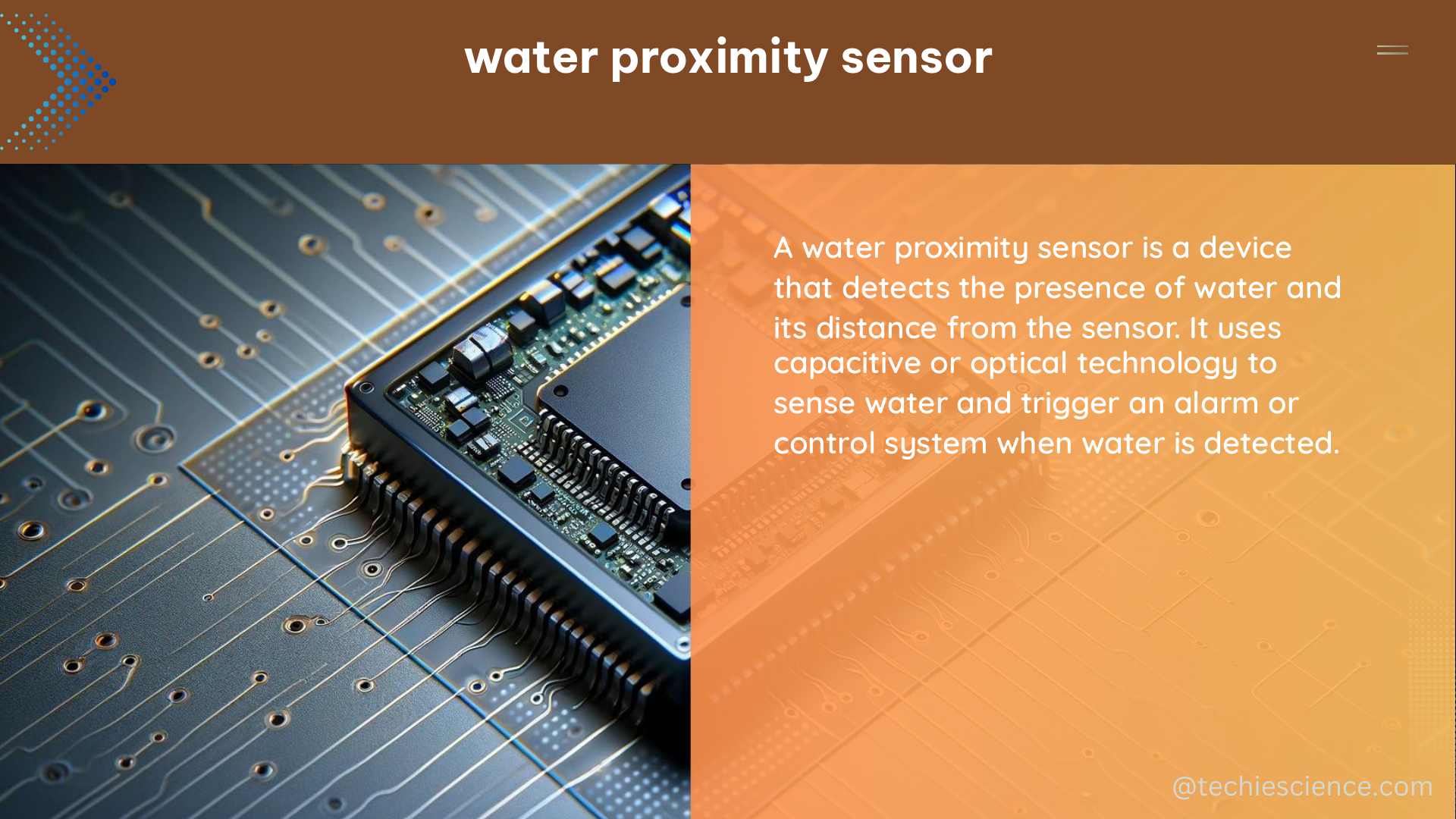Water proximity sensors are devices that detect the presence or absence of water, often using ultrasonic or infrared technology. These sensors play a crucial role in a variety of applications, such as monitoring water levels in tanks, detecting leaks in pipes, and measuring water usage in homes and buildings.
Understanding the LJ18A3-8Z/BX Proximity Sensor
One of the most popular water proximity sensors is the LJ18A3-8Z/BX, which is commonly used in DIY water meter projects. This sensor can be directly connected to an ESP board, making it easy to integrate into various IoT (Internet of Things) applications. The LJ18A3-8Z/BX sensor comes with a built-in resistor, eliminating the need for soldering.
Technical Specifications
The LJ18A3-8Z/BX proximity sensor has the following technical specifications:
| Specification | Value |
|---|---|
| Detection Range | Up to 8mm |
| Operating Voltage | 4.5-20V DC |
| Response Time | Less than 1ms |
| Repeat Accuracy | ±0.5% |
| Output Signal | 3mA at 12V DC |
| Switching Frequency | Up to 500Hz |
These specifications make the LJ18A3-8Z/BX sensor suitable for a wide range of water detection and measurement applications, providing reliable and accurate results.
Calibration and Testing
When using the LJ18A3-8Z/BX sensor in a water meter project, it is crucial to properly calibrate and test the sensor to ensure accurate measurements. This can be done by comparing the sensor’s readings to a known reference, such as a manual water meter or a flow meter.
To calibrate the sensor, you can follow these steps:
- Set up the sensor in the desired location, ensuring that it is properly positioned to detect the water flow.
- Measure the water flow using a known reference, such as a manual water meter or a flow meter.
- Adjust the sensor’s settings, such as the detection threshold or the output signal, to match the reference measurements.
- Repeat the calibration process until the sensor’s readings are within the desired accuracy range.
By following these steps, you can ensure that the LJ18A3-8Z/BX sensor provides reliable and accurate water usage data for your DIY water meter project.
Other Water Quality Sensors

In addition to water proximity sensors, there are various other types of sensors that can be used to monitor water quality and usage. These sensors can measure a wide range of parameters, including:
- pH
- Temperature
- Turbidity
- Dissolved Oxygen Levels
These sensors can be used in a variety of applications, such as:
- Monitoring water treatment processes
- Detecting contamination in water supplies
- Studying aquatic ecosystems
To learn more about these water quality sensors and their applications, you can refer to the following resources:
- “Distribution System Water Quality Monitoring: Sensor Technology Evaluation Methodology and Results” – This report from the U.S. Environmental Protection Agency provides an overview of various online detection sensors and their evaluation for water quality monitoring in distribution systems.
- “Water Quality Data Pathfinder – NASA Earthdata” – This data pathfinder from NASA provides links to datasets and tools related to water quality, including remote sensing data and tools for data analysis and visualization.
- “Build a water meter with ESPHome and proximity sensor (no soldering required)” – This forum thread on the Home Assistant community discusses a DIY water meter project using a proximity sensor and ESPHome.
By understanding the capabilities and applications of water proximity sensors and other water quality sensors, you can effectively monitor and manage water resources in a wide range of settings, from residential homes to industrial facilities and beyond.
Reference:
- Distribution System Water Quality Monitoring: Sensor Technology Evaluation Methodology and Results
- Water Quality Data Pathfinder – NASA Earthdata
- Build a water meter with ESPHome and proximity sensor (no soldering required)

The lambdageeks.com Core SME Team is a group of experienced subject matter experts from diverse scientific and technical fields including Physics, Chemistry, Technology,Electronics & Electrical Engineering, Automotive, Mechanical Engineering. Our team collaborates to create high-quality, well-researched articles on a wide range of science and technology topics for the lambdageeks.com website.
All Our Senior SME are having more than 7 Years of experience in the respective fields . They are either Working Industry Professionals or assocaited With different Universities. Refer Our Authors Page to get to know About our Core SMEs.